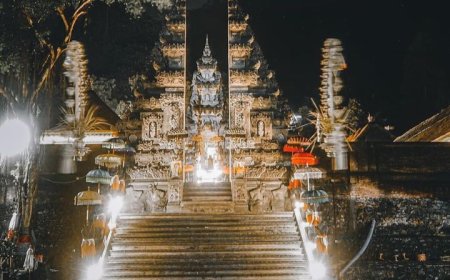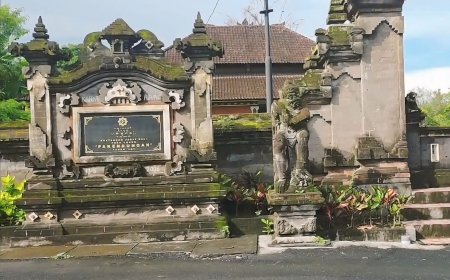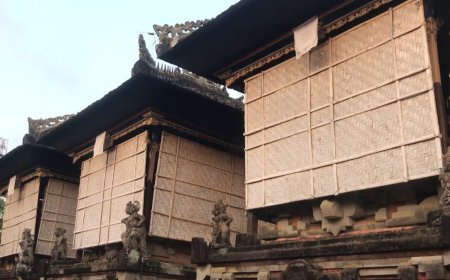Pura Sakti Pejarakan: Tracing the Spiritual Path and Ancestral Traditions
Buleleng is a regency located in the northern part of Bali. This regency is referred to as "nyegara-gunung" because of its unique landscape that stretches between the coast and the mountains. The natural beauty of this regency, with its capital in Singaraja, is well-known throughout Indonesia and even abroad. Buleleng not only boasts stunning natural landscapes but also attracts many people seeking spiritual experiences. Numerous sacred places and historic temples in Buleleng are often used for meditation and contemplation.
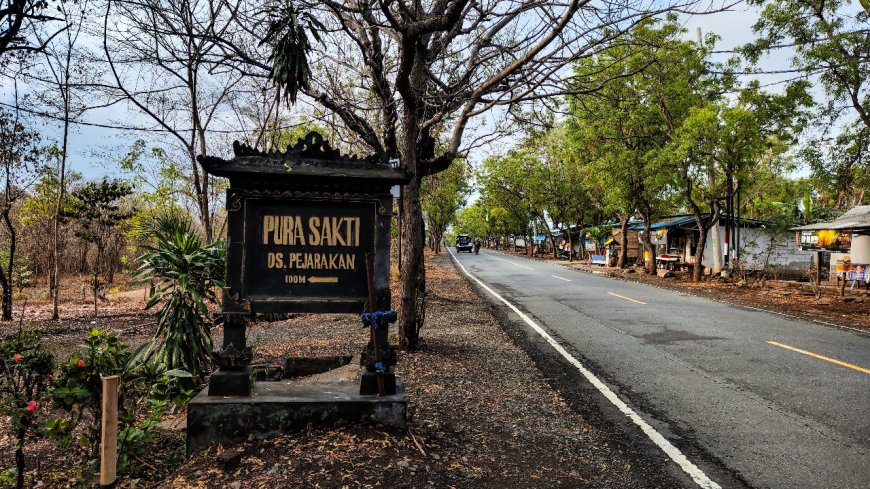
Pura Sakti Pejarakan is located in Pejarakan Village, Gerokgak District, Buleleng Regency. This temple is situated in the West Bali National Park and is visited by many Hindus for prayer. The temple has several shrines for worship, including those dedicated to Bhatara Vishnu, Goddess Kwan Im, and Bhatari Ardanareshwari. It is also a resting place of Dang Hyang Nirartha, and within the area of the Kroya tree lies an ancient well, believed to be a source of the Earth's Kundalini energy. The temple is about 20 minutes from Pura Pulaki or approximately 1.5 hours from downtown Singaraja.
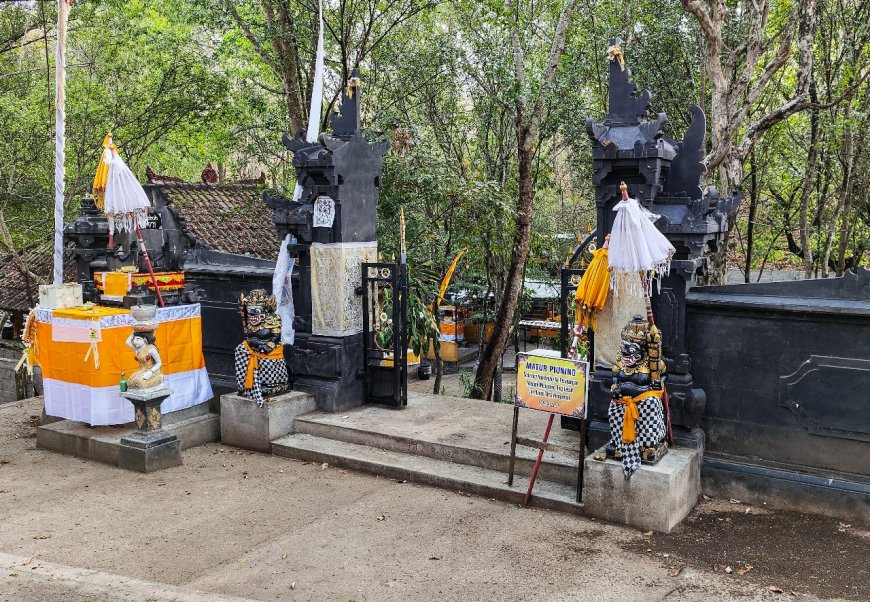
Pura Sakti Pejarakan (Photo Source: Personal Collection)
The existence of Pura Sakti is said to be related to the meditation sites of great sages during the early spread of Hinduism from the Himalayas in India to Sumatra, Java, Bali, Lombok, Sumbawa, and other parts of the Indonesian archipelago. It is believed that from the 1st to the 15th century, these great sages practiced yoga and meditation at this location.
These great yogis, who played a significant role in spreading Hinduism and practicing yoga meditation across the Indonesian archipelago, are honored by all Hindus. Among them are Maha Rsi Aji Saka, Maha Rsi Markandya, Maha Rsi Kuturan, Pancaka Tirta, Nirartha, and Maha Rsi Ikurada.
Pura Sakti has many unique features and miracles. One of them is a cleansing or purification place for devotees, and many believe that after performing the purification, their illnesses gradually disappear. Similarly, those who have not been blessed with children often come to Pura Sakti to pray.
A Hindu priest from Java discovered Pura Sakti Pejarakan around 2009. During meditation, he saw a bright light emerging from Bali and ascending to the sky. Guided by this vision, the priest traveled to Bali. He initially searched in Denpasar and southern Bali but did not find the place. Eventually, several priests and friends from Denpasar accompanied him on his search toward northern Bali.
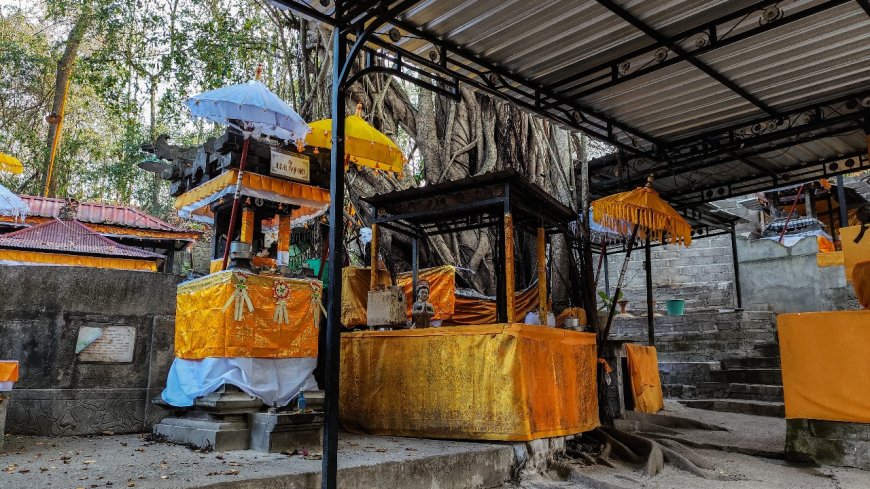
Dewa Ayu Taman Sakti (Photo Source: Personal Collection)
Upon arriving in Singaraja, the light had not yet been found, and the guidance pointed westward (towards western Buleleng). They continued their journey until they reached a location at the intersection leading to Menjangan Island, near the gates of West Bali National Park, where the light grew brighter, emanating from around a large tree with a spring beneath it. This spot, where local people often let their cattle drink, was identified as the place they had been searching for. To safeguard the location, they gathered local community leaders. Since then, Pura Sakti has been gradually constructed, with local government funds allocated in 2014 to develop parts of the temple.
Pura Sakti Pejarakan also played a significant role in Bali's history of resistance against Dutch colonialism. In the early 20th century, when Buleleng was a center of Balinese resistance, many freedom fighters visited the temple to seek blessings and spiritual strength before fighting the colonizers. The temple became a symbol of courage and determination for the people in defending their land and culture.
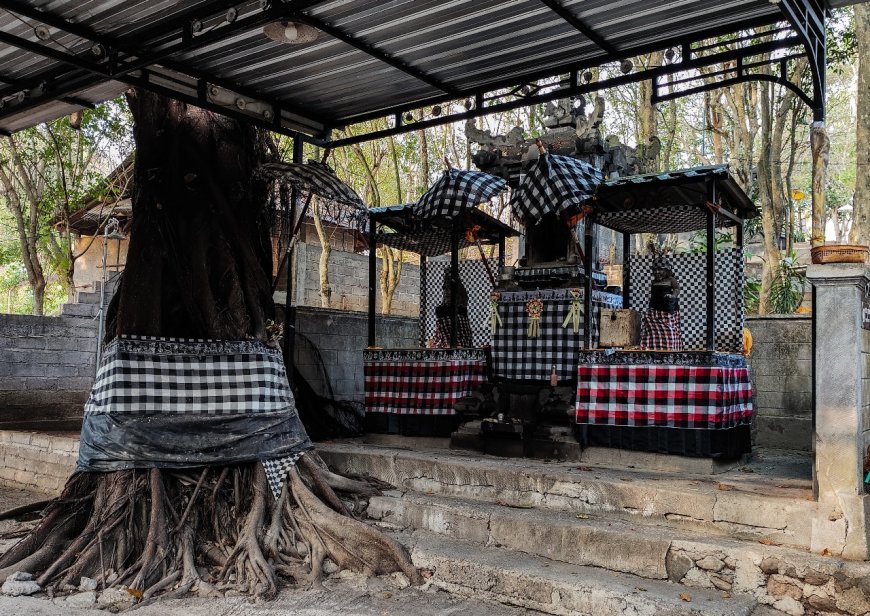
Batu Gede (Photo Source: Personal Collection)
Upon arriving at Pura Sakti, worshippers are guided to pray at the courtyard in front of the main temple, after which they proceed to Pelinggih Ratu Taman / Dewa Ayu under a large tree. The next stop is Pelinggih Dewa Vishnu and Goddess Kwan Im, followed by Pelinggih Dewa Brahma/Betara Lingsir. After completing prayers at these four spots, devotees undergo purification with coconut water mixed with water from the spring under the tree at the second location. It is advised to bring a change of clothes, as devotees may get wet during the purification ritual. After this, worshippers are allowed into the main courtyard, which houses the shrine of Ida Betara Sakti and a Padmasana. Prayers are typically led by local priests in turns.
On major Hindu holidays, the temple is crowded with worshippers, and according to the priests, groups often come to pray at midnight. These worshippers are spiritual seekers training individually or as part of a group to find the divine light.


















































